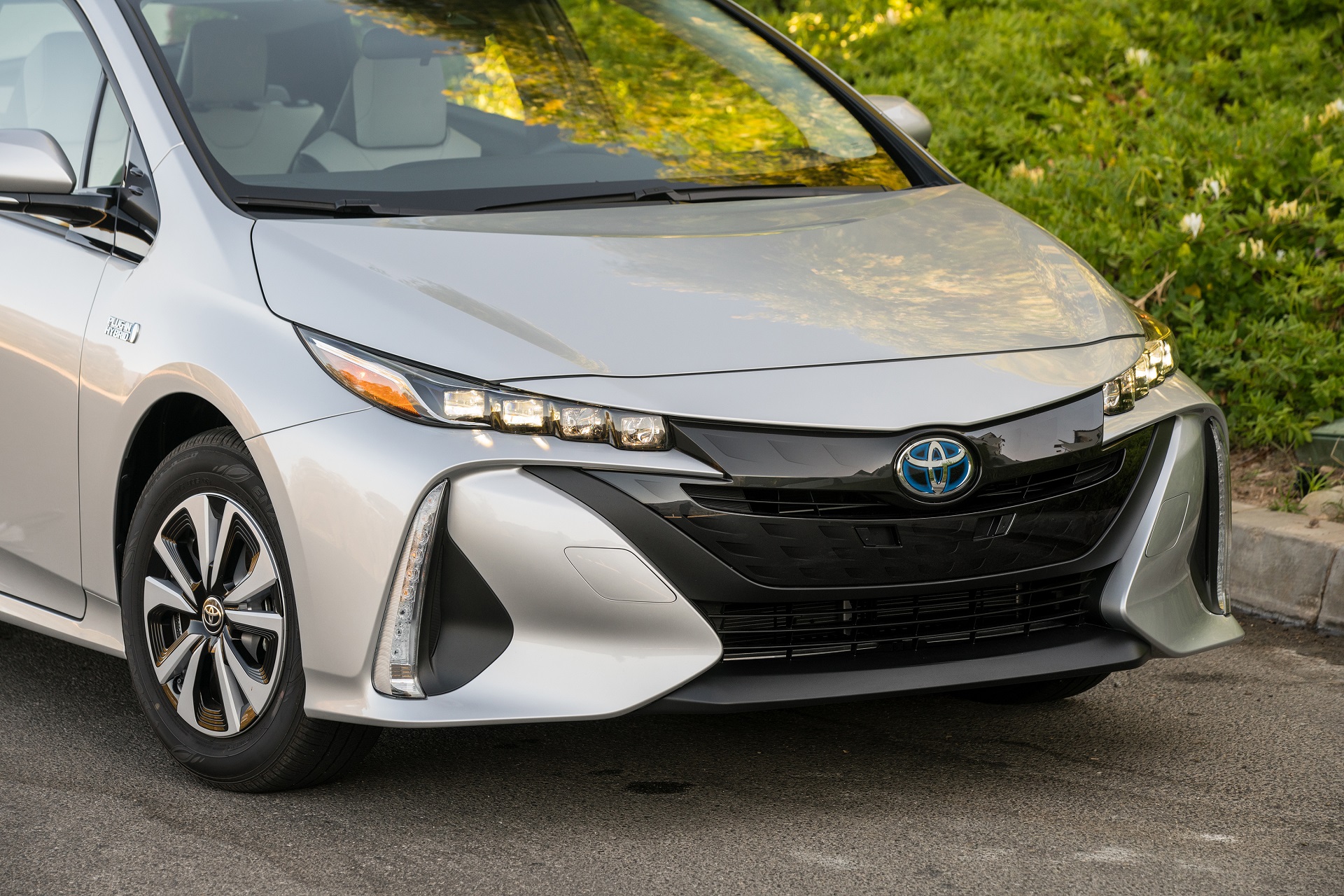It seems some already have them like the Leaf and some Hyundai and Kia models. I didn't realize the big difference in energy used to produce heat in a car. Surprised the Prius Prime has one.

 www.greencarreports.com
www.greencarreports.com
 www.hyundai.news
www.hyundai.news

How does the heat pump work in a Toyota Prius Prime plug-in hybrid?
The challenge of reducing the energy used by traditional heating systems in battery-electric and plug-in hybrid cars is one automakers still grapple with today. Reduced battery range in cold temperatures, combined with batteries working overtime to heat the cabin, can produce drastic declines in...
